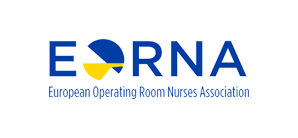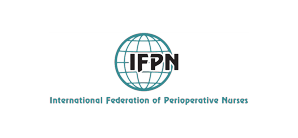Exploration of doctors and nurses knowledge regarding methods of prevention ventilation associeted pneumonia
Effrosyni Levidiotou, Lila Papakosta-Papadimitriou, Georgios Troupis, Paschalia Mathaiou, Angeliki Mpaseta, Elpida Georgiadi
Tuesday, January 1, 2013
Publication year:
2013
Authors:
- Levidiotou Effrosyni, RN MSc (c), Intensive Care Unit, General Hospital Oncology Kifissia
- Papakosta-Papadimitriou Lila, Professor of Anesthesiology in Medical School οf Athens
- Troupis Georgios, Associate Professor of Medicine in Medical School οf Athens
- Mathaiou Paschalia, RN, Nurse, Nursing A TEI of Athens
- Mpaseta Angeliki, Head Nurse of Clinical Pathology in General Hospital of Athens "Laiko"
- Georgiadi Elpida, RN, MSc, Associate Head of Thalassemia Unit, General Hospital of Athens "Laiko"
Keywords index:
- Ventilator associated pneumonia
- Nursing Intervention
- Knowledge of Nurses
- Knowledge of Doctors
- Prevention measures
Pages: 32-39
Abstract:
Introduction: Ventilator associated pneumonia (VAP) is the most frequent infection in patients under mechanical ventilation. The percentages vary from 40% to 87%. Mortality is various and depends on the microbe species the time the symptoms start and the time the treatment starts.
Purpose: The purpose of this study was to explore knowledge of Nurses in VAP prevention methods.
Methods: Data was collected by the completion of specially designed questionnaire for the needs of Greek hospitals which included two parts. The first part included the demographic variables while the second part included questions relevant to VAP preventions ways. All reported p values were compared to a significance level of 5%. Statistical analysis was conducted by Mann-Whitney test, Kruskal-Willis, Spearman and Kolmogorov – Smirnov test.
Results: From the 122 participants nurses, the 98,7% of them consider as essential the education of health professionals in regard to Hospital Infections. 97.5% of the participants reported the changing of gloves for different number of interventions as the main prevention measure. The 79,5% of the sample reported that the combination of hand washing, isolation of the patient and reduction of mechanical ventilation time were the most significant prevention factors.
Conclusions: Health professionals play a crucial role in VAP prevention and control.
Download PDF


